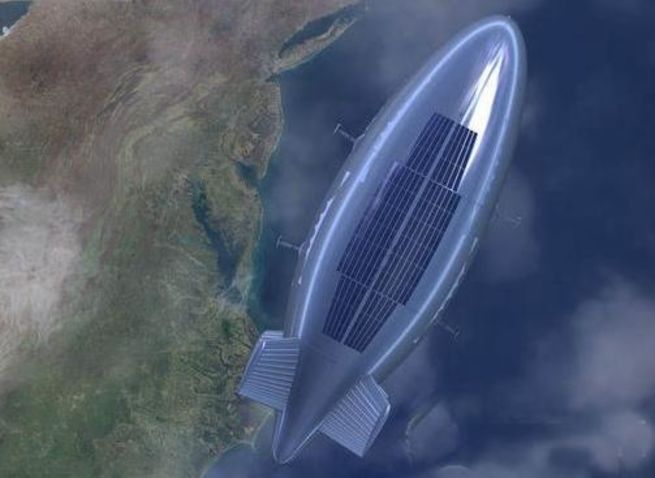On June 22, China Electronics Technology Group Corporation (CETC), China’s foremost military electronics company, announced that its groundbreaking quantum radar has achieved new gains, which could allow it to detect stealth planes.
The CETC claims its system is now capable of tracking high altitude objects, likely by increasing the coherence time entangled photons. CETC envisions that its quantum radar will be used in the stratosphere to track objects in “the upper atmosphere and beyond” (including space).
While conventional radars just measure the reflection of radio waves, a quantum radar uses entangled photons, which result when a microwave signal beam is entangled with an optical idler beam. The microwave beam’s entangled photons bounce off of the target object and back to the quantum radar. The system compares them with the entangled photons of the optical idler beam. As a result, it can identify the position, radar cross section, speed, direction and other properties of detected objects. Importantly, attempts to spoof the quantum radar would be easily noticed since any attempt to alter or duplicate the entangled photons would be detected by the radar.

Quantum Radar
The quantum radar could ‘observe’ on the composition of the target, since in the state of entanglement, the entangled photons remaining in the radar would show the same changes that transmitted photons would have when interacting with the target (known as quantum correlation).
Li Huifang, Wang Kai, Wang Kaibing, Wu Jun
This shift is important to the back and forth of detection that has long been the story of radars vs stealth planes (which are a crucial feature of US air power). Because stealth aircraft are optimized to elude radio waves used by conventional radars, they would be much more susceptible to detection by their interaction with entangled photons. Additionally, the quantum radar could ‘observe’ on the composition of the target. Such a capability is important not just for detecting aircraft, but would also be very valuable in missile defense, where one could differentiate between an actual nuclear warhead against inflatable decoys.

Yuanmeng
This concept art shows China’s 18,000 cubic meter Yuanmeng airship 20km above the ground (and for some reason, off the coast of the Mid Atlantic U.S.). One of the highest flying airships, the Yuanmeng can provide wide area surveillance and communications capability.
cannews.com
For its near-space platform, the quantum radar will be installed on either a high altitude blimp or a very high altitude UAV. In this role, quantum radar would be a strategic warning system against enemy ballistic missiles and detection system against high-speed aircraft like the SR-72. For space surveillance missions, it could provide high-fidelity details on classified systems such as spy satellites and space planes like the X-37B—possibly including payload details.
Source: China’s latest quantum radar could help detect stealth planes, missiles | Popular Science

Robin Edgar
Organisational Structures | Technology and Science | Military, IT and Lifestyle consultancy | Social, Broadcast & Cross Media | Flying aircraft


